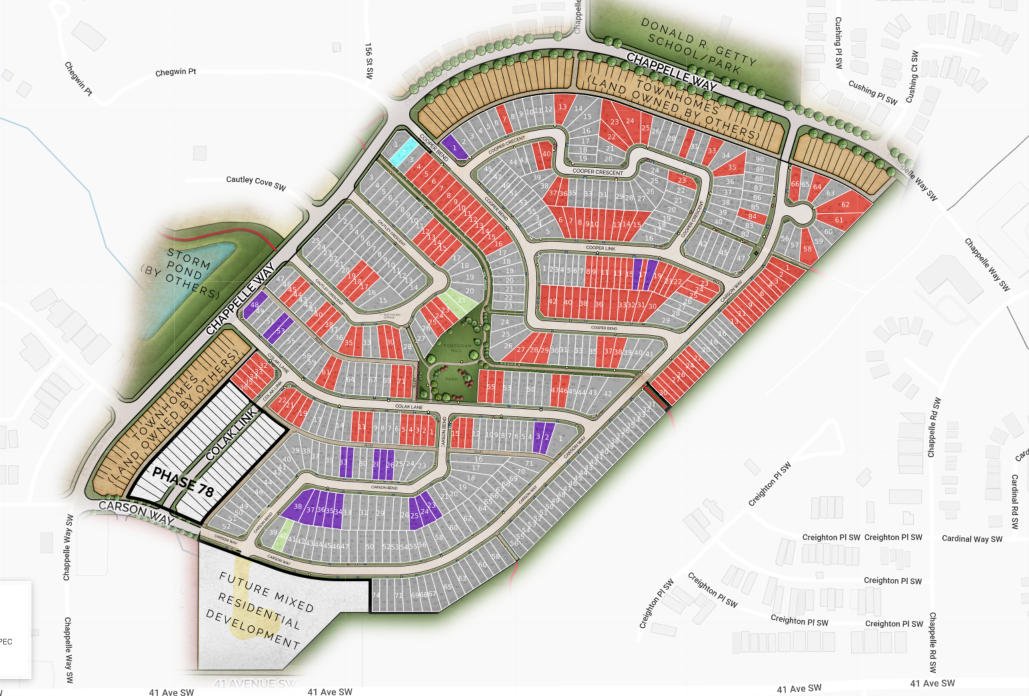In the realm of real estate and urban development, the journey from blueprint to reality is a nuanced process intricately woven with precision and technological advancements. One crucial aspect that plays a pivotal role in this transformative journey is accurate property mapping. Beyond its surface-level significance, property map is the cornerstone that bridges architectural vision with tangible landscapes, ensuring the seamless transition from plans on paper to bricks and mortar.
The secrets behind accurate property mapping lie in the integration of cutting-edge technologies that have revolutionized the field. Geographic Information Systems (GIS), satellite imagery, and advanced surveying tools collaborate to create a comprehensive digital canvas, enabling developers, architects, and urban planners to navigate the intricate web of urban landscapes.
GIS technology forms the backbone of accurate property mapping by synthesizing diverse datasets, ranging from land parcels and topography to zoning regulations. This digital mapping tool not only provides a comprehensive view of the physical terrain but also facilitates the analysis of spatial relationships, optimizing land use and minimizing environmental impact.
Satellite imagery, with its ability to capture high-resolution visuals from above, contributes significantly to property mapping accuracy. These images serve as a real-time snapshot of the landscape, allowing professionals to monitor changes, assess property conditions, and identify potential challenges. The integration of artificial intelligence and machine learning further refines satellite data, enhancing the precision of property boundaries and details.
Advanced surveying tools, equipped with GPS technology and LiDAR (Light Detection and Ranging) scanners, elevate property mapping to a level of unprecedented accuracy. These tools enable surveyors to capture detailed three-dimensional representations of the terrain, accurately measuring distances and elevations. The result is a meticulous rendering of the physical environment, facilitating the alignment of constructed structures with the original design.
The synergy of these technological elements transforms property mapping from a mere blueprint into a dynamic, adaptable tool. By unveiling the secrets of accurate property mapping, the construction and development industry can navigate the intricate journey from conceptualization to realization with confidence, ensuring that the urban landscapes of tomorrow are not only visionary but also grounded in precision and efficiency.



